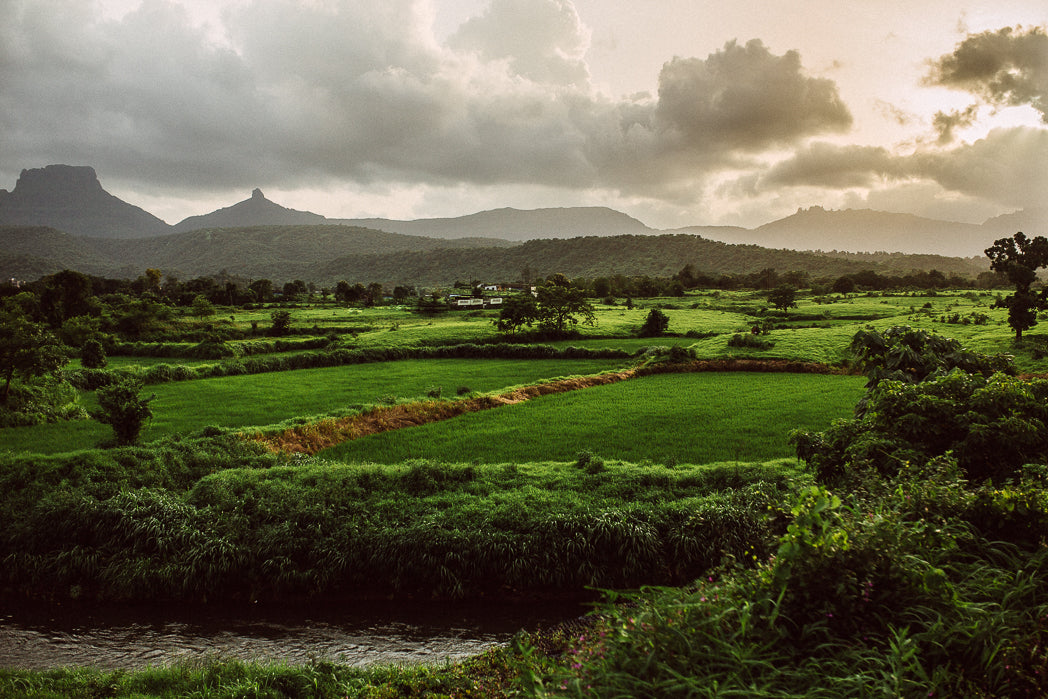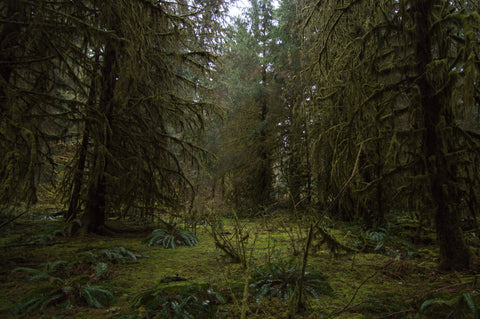

· By Moshe Belilty
The Top 5 Spots to Harvest Rain in the USA
Rainwater harvesting is gaining popularity as a sustainable way to gather and store water for outdoor/indoor use. Many individuals are using this technique to stay off the grid and cut down their dependence on municipal water sources. But did you know that some parts of the USA are particularly good places to harvest rain? In this blog post, we'll be exploring 5 prime locations across the country perfect for eco-conscious individuals wanting to give rainwater harvesting a go! Stick around to find out more about these amazing spots.
Ketchikan, Alaska
Photo by Yuval Zukerman on Unsplash
Alaska is known for its vast wilderness, rugged terrain, and abundant natural resources. The state is also a prime location for rainwater harvesting.
The coastal regions of Alaska, such as Juneau and Ketchikan, are particularly susceptible to heavy rainfall, with annual totals often exceeding 100 inches (254 cm). Additionally, the Gulf of Alaska coast, which runs along the southern coast of the state, is often affected by strong storms that can bring large amounts of rain and high winds. Inland areas of the state, such as Fairbanks and Denali, typically receive less rain but still have a high annual precipitation total.
The average rainfall: 140-160 inches
Air quality: AQI less than 30 (Good)
Friendly regulation: YES
Big Island, Hawaii

Photo by Luke McKeown on Unsplash
looking for a great spot to set up a rainwater harvesting system, Hawaii is definitely a place to consider. With more than 200 inches of rain a year, you'll have plenty of opportunities to catch that sweet H2O.
Hawaii has a tropical climate, with warm temperatures and high humidity year-round. The state's weather is heavily influenced by trade winds, which bring in cool, moist air from the northeast and help to keep temperatures comfortable. Rainfall also varies by location, with the windward (northeast) sides of the islands receiving the most rainfall, and the leeward (southwest) sides receiving less.
The average rainfall: 216.7 inches (5505 mm)
Air quality index: AQI less than 30 (Good)
Friendly regulation: YES
Forks, Washington

Photo by Griffin Quinn on Unsplash
Forks, Washington is known for being the main setting of the popular Twilight book and movie series. what pepole dont know is that forks is also one of the plases in the contry to harvest rain water, .
Forks, has a temperate rainforest climate, which is characterized by mild temperatures, high rainfall, and high humidity. The area experiences an average of around 140 inches of rain per year, with the heaviest rainfall occurring during the fall and winter months.
The average rainfall: 63 inches (1618 mm)
Air quality index: 29 (Good)
Friendly regulation: YES
New Orleans, Louisiana

Louisiana has a humid subtropical climate, characterized by hot summers and mild winters. The state is known for its high humidity and frequent thunderstorms, particularly during the summer months. Hurricanes are also a common weather event in Louisiana, with the state being hit by several major storms in recent years. The state experiences heavy rainfall throughout the year, but particularly during the summer months.
The average rainfall: 63.4 inches (1609 mm)
Air quality index: less than 50 (Good)
Friendly regulation: YES
Astoria, Oregon

Photo by Edmund Devereaux on Unsplash
Astoria, Oregon has a temperate oceanic climate, which is characterized by mild temperatures, high rainfall, and moderate humidity. The area experiences an average of over 80 inches of rainfall per year, with the heaviest rainfall occurring during the fall and winter months. The temperature in Astoria is relatively mild throughout the year, with average highs in the mid-50s to low 60s and average lows in the mid-40s to low 50s. Despite the heavy rainfall, summers in Astoria can be relatively dry with occasional sunny days.
Did you know that Astoria is one of the oldest American settlements west of the Rocky Mountains, and it has a rich history dating back to the 1800s.
The average rainfall: 80 inches (2032 mm)
Air quality index: 17 (Good)
Friendly regulation: YES
Miami, Florida

Photo by aurora.kreativ on Unsplash
Miami is known for its famous beaches like South Beach, Miami Beach and Key Biscayne with white sand, blue water and a lively nightlife. It's also becoming popular for its rainwater harvesting initiatives.
The government of Miami also started to promote rainwater harvesting and implement regulations that encourage its use. Miami receives an average of around 66 inches of rainfall per year, which is sufficient for rainwater harvesting
The average rainfall: 66 inches (1676.4 mm)
Air quality index: 32 (Good)
Friendly regulation: YES

